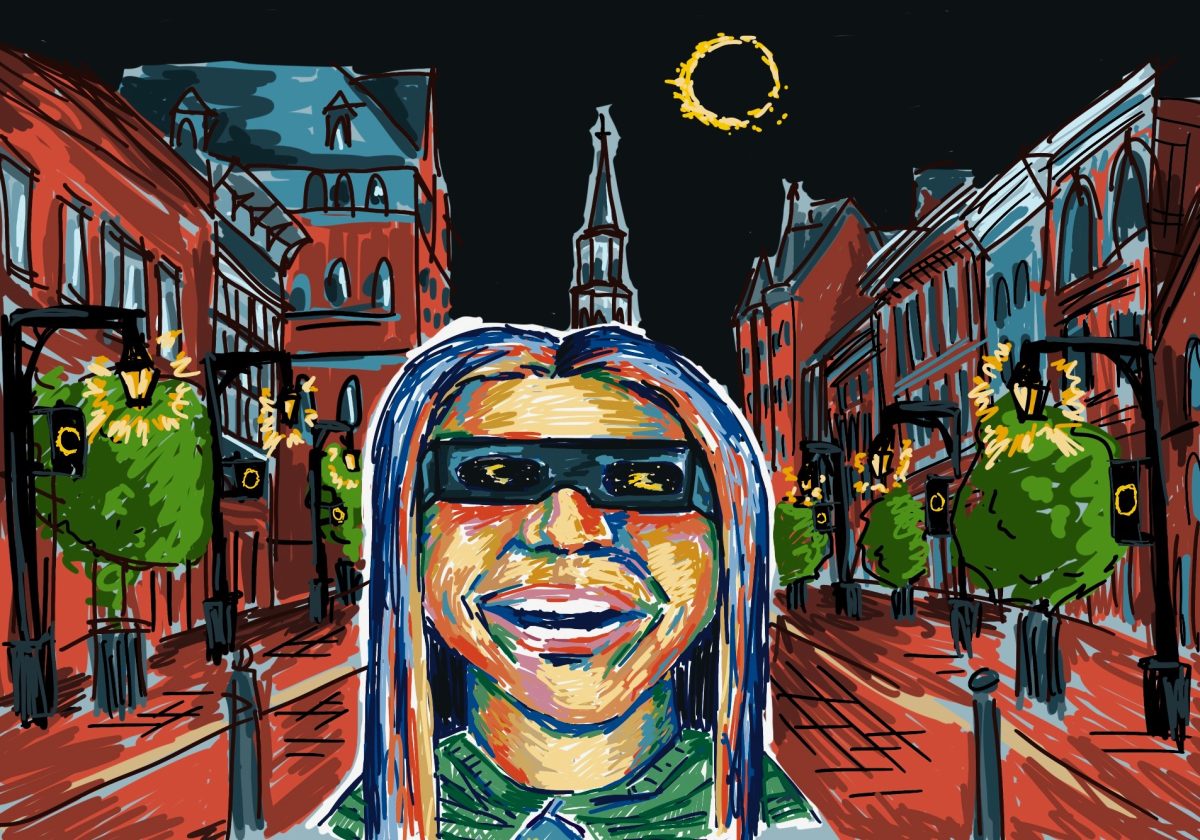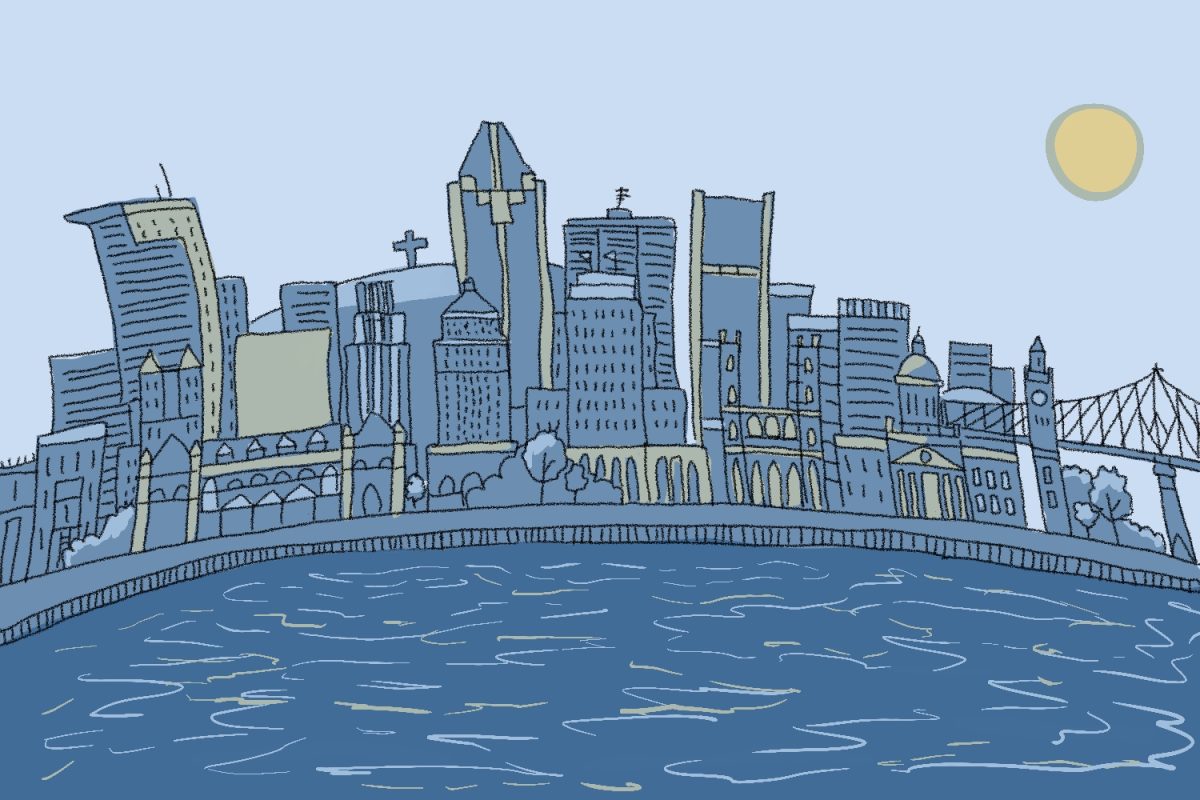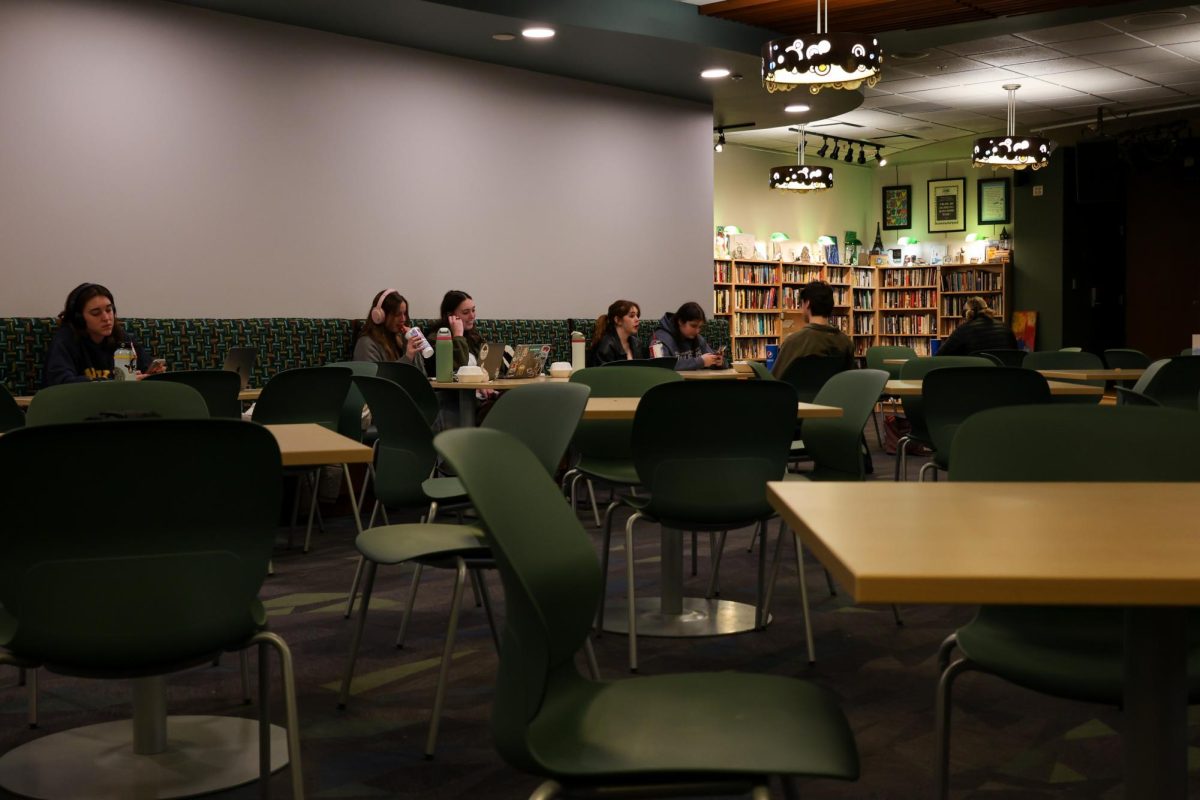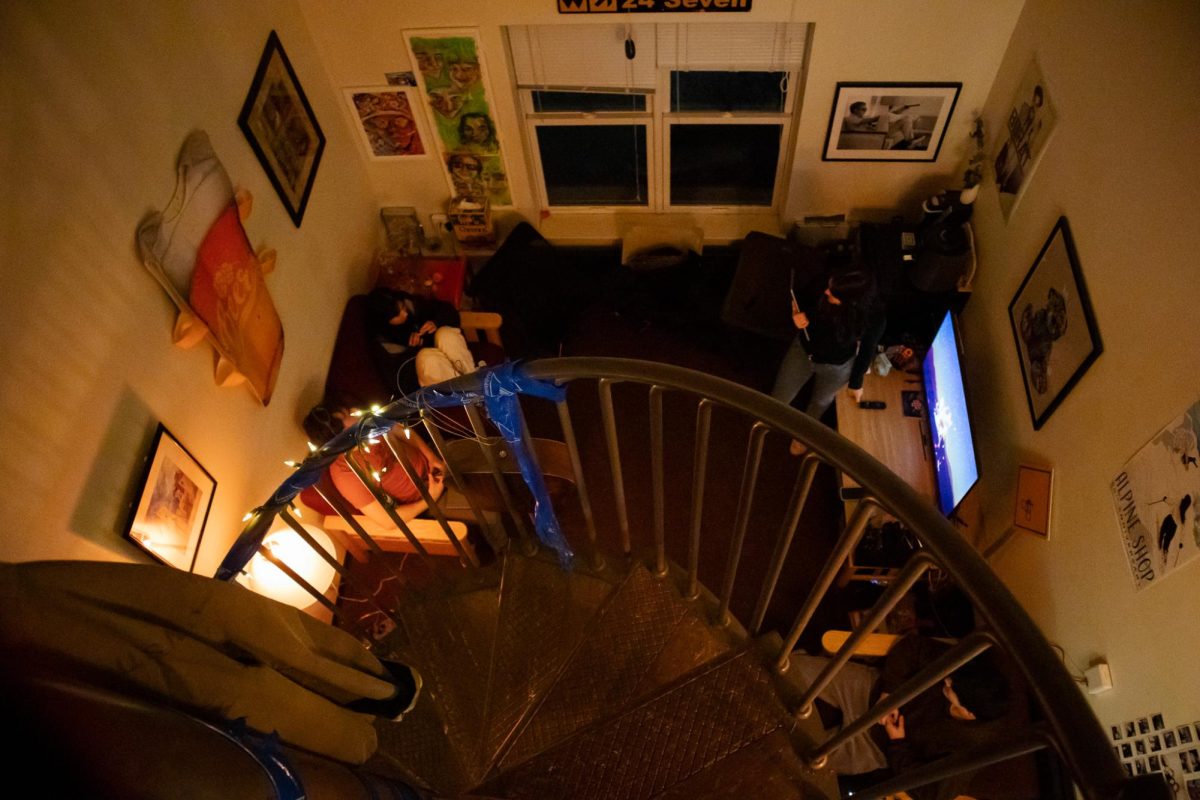City Market hosted a viewing of “The Dark Side of Chocolate” on Thursday, Feb. 10. The film explores allegations of child labor and trafficking in the chocolate industry. Filmmakers went to Africa to find out the truth behind the rumors. With an industry producing a product of which 3 million tons are consumed every year, people are seemingly unaware of where their favorite chocolates come from. The documentary, created by Miki Mistrati and U. Roberto Romano, takes place mostly in Africa where the alleged trafficking and child labor occurs. According to the film, the Ivory Coast of Africa is where most of the cocoa beans used for chocolate come from. This is also where children smuggled from other places in Africa, like Mali, are brought. The problems associated with the cocoa plantations on the Ivory Coast have been made known to authorities. The 2001 Harkin Engel Protocol, aimed at ending child labor in the cocoa industries, prohibits trafficking after 2008. This problem continues to be hard to address, as Mali authorities deny that children are still being trafficked to the Ivory Coast. The creators of the film went undercover and used hidden cameras to find out the truth for themselves. At a bus station in southern Mali, the filmmakers observed the trafficking of a supposed 12-year-old girl. The crew talked to a local restaurant owner in Mali that confirmed trafficking still takes place. The filmmakers were told that traffickers are paid by plantation owners to bring children ages 12-15 to their plantations. Many times, children are even taken without their parents knowing, according to the film. Video footage from the hidden camera showed a back road used for illegal transportation of the children from Zeguoa to the Ivory Coast. Footage also showed traffickers chasing children after they got off of a bus and ran away. The filmmakers recruited helpers to go undercover at an Ivory Coast plantation to see for themselves if there were underage children working there. They were not surprised that there were children working there, some even carrying machetes. The cocoa from the plantation is bought by a company, then sold to national exports, washed and sold for a higher price, sold to chocolate companies, and finally turned into chocolate or cocoa butter. Filmmakers spoke with officials about the rumors of trafficking and child labor, but everyone with whom they spoke denied these allegations. Concern was expressed toward these children. The filmmakers stated that most of the children brought to work at the plantations never get paid, and the price for a child starts at 230 Euros. Recently, as there has been greater awareness of this problem, Interpol has stepped in and rescued 65 children. There has also been 6 million Euros in aid in the last nine years. When the Nestle Company in Switzerland declined to see or comment on the film, the filmmaker set up a large screen in front of the office building, forcing people to look. He was eventually forced to take it down by the authorities. Not many people are aware of this issue. “I thought it was fascinating to find out my knowledge of chocolate history and production,” Diana Doll, who attended the viewing, said. The question of who is to blame for this crisis still remains. “I think it’s easy to point a finger at big companies,” senior Katie Hartin, who also attended the viewing, said. “The problem is more systemic, especially in Africa.”












